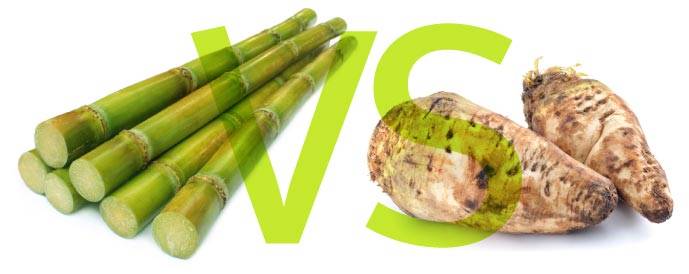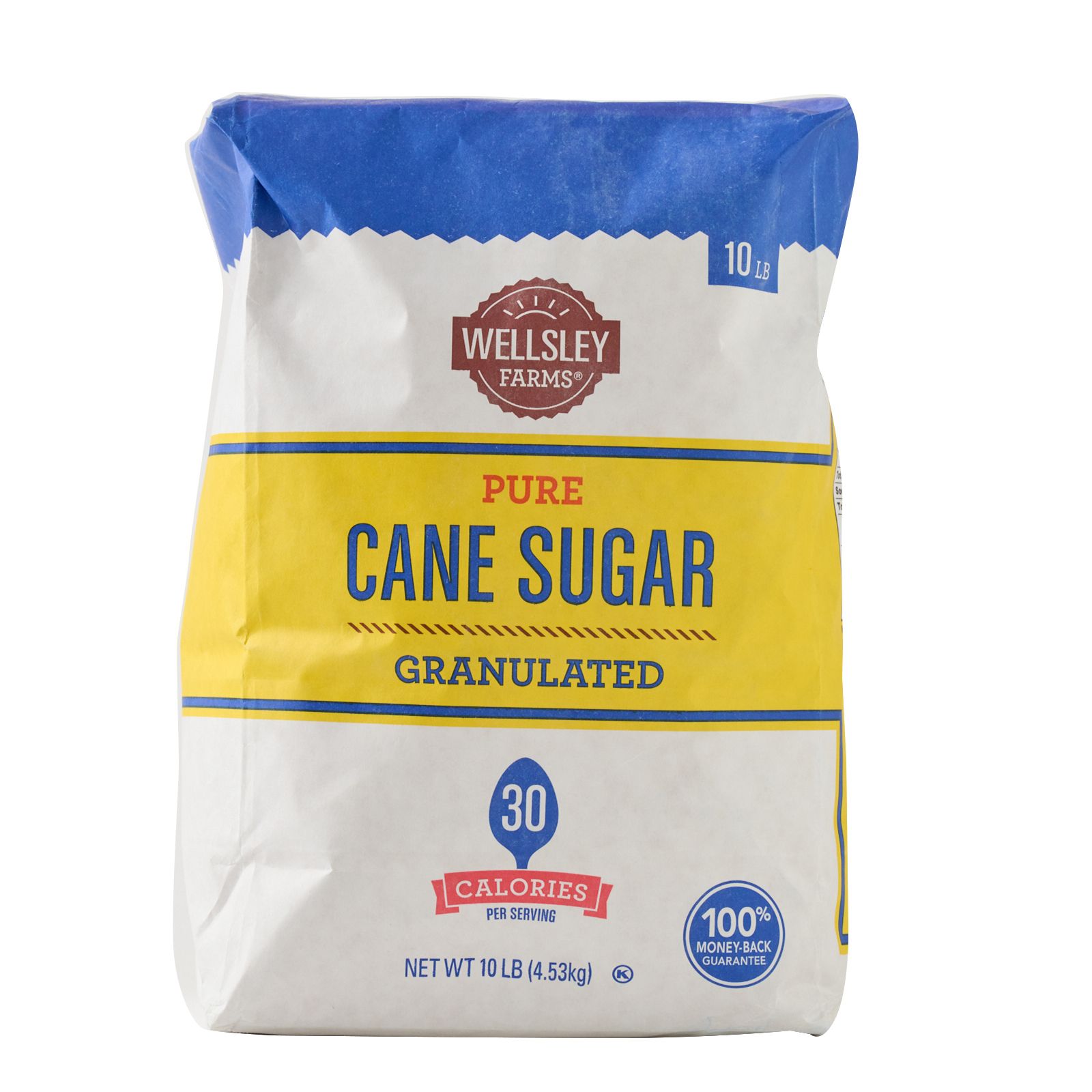Cane Sugar Processing: Trick Technologies for Superior Sugar Manufacturing
Cane Sugar Processing: Trick Technologies for Superior Sugar Manufacturing
Blog Article
A Thorough Overview to the Ecological Impact and Sustainability Practices in Walking Stick Sugar Handling
The ecological impact of walking stick sugar handling presents a complicated selection of obstacles that warrant mindful evaluation. From dirt destruction and too much water use to the carbon impact linked with farming and production, the effects of standard methods are significant. In contrast, the adoption of ingenious sustainability steps provides a pathway toward much more liable manufacturing techniques. Comprehending the interplay between these concerns is essential for stakeholders in the industry. What details techniques can be implemented to strike an equilibrium in between efficiency and environmental stewardship? The solutions hinge on a better take a look at both the challenges and possible options.
Overview of Walking Cane Sugar Handling
Walking stick sugar handling includes a collection of methodical actions that transform sugarcane right into refined sugar. Originally, gathered sugarcane is transported to refining centers, where it goes through cleansing to remove soil and particles. Following this, the cane is squashed to remove juice, which is then made clear by removing pollutants via heating and the addition of lime.
The clarified juice undergoes evaporation, where water is eliminated to focus the sugar web content. These crystals are divided from the remaining syrup using centrifugation, resulting in raw sugar.
The end product is then dried and packaged for distribution. Throughout this entire process, preserving effectiveness and quality assurance is important to ensure the sugar meets industry standards. Each step in walking stick sugar handling not just adds to the end product however likewise has effects for source usage and waste generation, establishing the phase for conversations on sustainability and ecological effects related to sugar manufacturing.
Environmental Difficulties of Production
The production of cane sugar offers numerous substantial ecological difficulties that warrant interest. One primary issue is the substantial use agrochemicals, including fertilizers and pesticides, which can lead to soil degradation, biodiversity loss, and contamination of regional water sources. The runoff from sugarcane fields typically brings these chemicals into neighboring ecosystems, interfering with marine life and impacting the health of areas reliant on these water bodies.
One more challenge is the high energy intake connected with sugarcane processing. The boiling and refining phases need substantial warmth, mostly generated by melting nonrenewable fuel sources, contributing to greenhouse gas emissions. In addition, the expansive acreage needed for sugarcane cultivation can bring about deforestation and environment damage, further exacerbating environment modification and harmful wild animals.
Moreover, the labor techniques in some regions elevate ethical worries, as workers might face poor working problems and inadequate earnings. This situation usually continues a cycle of destitution in local neighborhoods. Cane Sugar Processing. Addressing these environmental obstacles is vital for developing a lot more lasting techniques in cane sugar manufacturing, inevitably profiting both the setting and the areas associated with this market
Water and Land Use Impact
Water sources and land application are vital components in the walking stick sugar industry that dramatically affect the setting. The farming of sugarcane requires considerable water input, with quotes recommending that it can eat up to 2,000 liters of water per kilo of sugar produced. This intensive use of water usually results in exhaustion of regional water sources, influencing not only the sugarcane vineyards yet additionally bordering communities and neighborhoods that rely upon the very same water resources for farming and residential usage.

Moreover, land use for sugarcane growing can lead to logging and the conversion of all-natural habitats into monoculture haciendas. This method diminishes biodiversity, interrupts neighborhood communities, and adds to dirt degradation. The growth of sugarcane areas frequently elbows in on valuable agricultural land, producing competitors for resources between food and biofuel production.
Lasting techniques, such as optimizing irrigation methods and applying crop rotation, are vital to mitigate these influences. By taking on much more effective water use and land monitoring strategies, the cane sugar market can minimize its eco-friendly impact, making sure a balance in between agricultural productivity and environmental preservation.
Greenhouse Gas Emissions
Greenhouse gas emissions represent a considerable ecological problem within the walking cane sugar handling market, especially as agricultural methods broaden to satisfy worldwide demand. The growing of sugarcane, a crop that thrives in tropical climates, counts heavily on synthetic plant foods and chemicals, which add to laughing gas discharges. Furthermore, land-use modifications, including deforestation for brand-new sugarcane plantations, launch co2 kept in greenery and soil.
During processing, power consumption is another significant resource of greenhouse gas emissions - Cane Sugar Processing. Many sugar mills make use of fossil gas to power machinery and create warm, resulting in substantial carbon footprints. Furthermore, the transport of raw sugarcane and finished items read this article adds layers of exhausts through fuel burning in cars
The collective impact of these emissions aggravates climate adjustment, presenting threats not only to the setting yet likewise to the lasting practicality of the sector. Stakeholders need to identify the urgent demand for extensive approaches that deal with these exhausts. This involves examining current agricultural techniques, processing techniques, and transport systems to identify locations for renovation and mitigation. Addressing greenhouse gas discharges is crucial for fostering a much more lasting walking cane sugar market in a changing environment.

Sustainable Practices and Innovations
Lasting practices and technologies are progressively vital in the walking cane sugar processing market as stakeholders seek to minimize environmental effects while keeping efficiency. One substantial development is the execution of integrated plant management, which enhances source use by integrating dirt management, insect control, and crop rotation strategies. This approach improves return while reducing chemical visit their website inputs and maintaining dirt health.
Additionally, the adoption of renewable resource resources, such as biomass from sugarcane residues, has actually gained traction - Cane Sugar Processing. By converting waste items right into energy, processing facilities can minimize their dependence on nonrenewable fuel sources, thus decreasing greenhouse gas exhausts
Water management methods have actually also seen renovations through the recycling and reusing of water in processing plants, significantly minimizing freshwater intake. Developments in modern technology, such as precision agriculture, make it possible for farmers to check crop health and resource use much more properly, guaranteeing sustainable growing techniques.
In addition, certification programs like Fair Trade and Rainforest Alliance urge eco liable farming techniques and promote social equity within the supply chain. By embracing these sustainable practices and developments, the walking stick sugar processing market can improve its durability and contribute positively to environmental stewardship.
Conclusion
The ecological influence of walking cane sugar handling provides considerable difficulties, including soil degradation, high water intake, and greenhouse gas exhausts, along with moral worries associated with labor practices. Dealing with these issues via lasting methods, such as integrated plant administration, renewable resource fostering, and water recycling, is necessary. By promoting socially equitable and environmentally liable approaches in sugar production, the sector can alleviate its unfavorable effects, making certain a much more sustainable future for both areas and communities associated with this market.
Cane sugar handling includes a collection of methodical steps that change sugarcane into polished sugar. Each step in walking cane sugar handling not only adds to the final item but additionally has implications for source use and waste generation, establishing the stage for conversations on sustainability and environmental effects associated with sugar manufacturing.
Greenhouse gas emissions stand for a significant environmental problem within the walking stick sugar handling market, particularly as agricultural methods increase to meet worldwide need.Sustainable see this website methods and technologies are progressively vital in the walking stick sugar handling industry as stakeholders seek to minimize ecological impacts while preserving performance.The environmental impact of walking stick sugar handling offers significant difficulties, consisting of dirt degradation, high water usage, and greenhouse gas exhausts, along with ethical issues connected to labor techniques.
Report this page